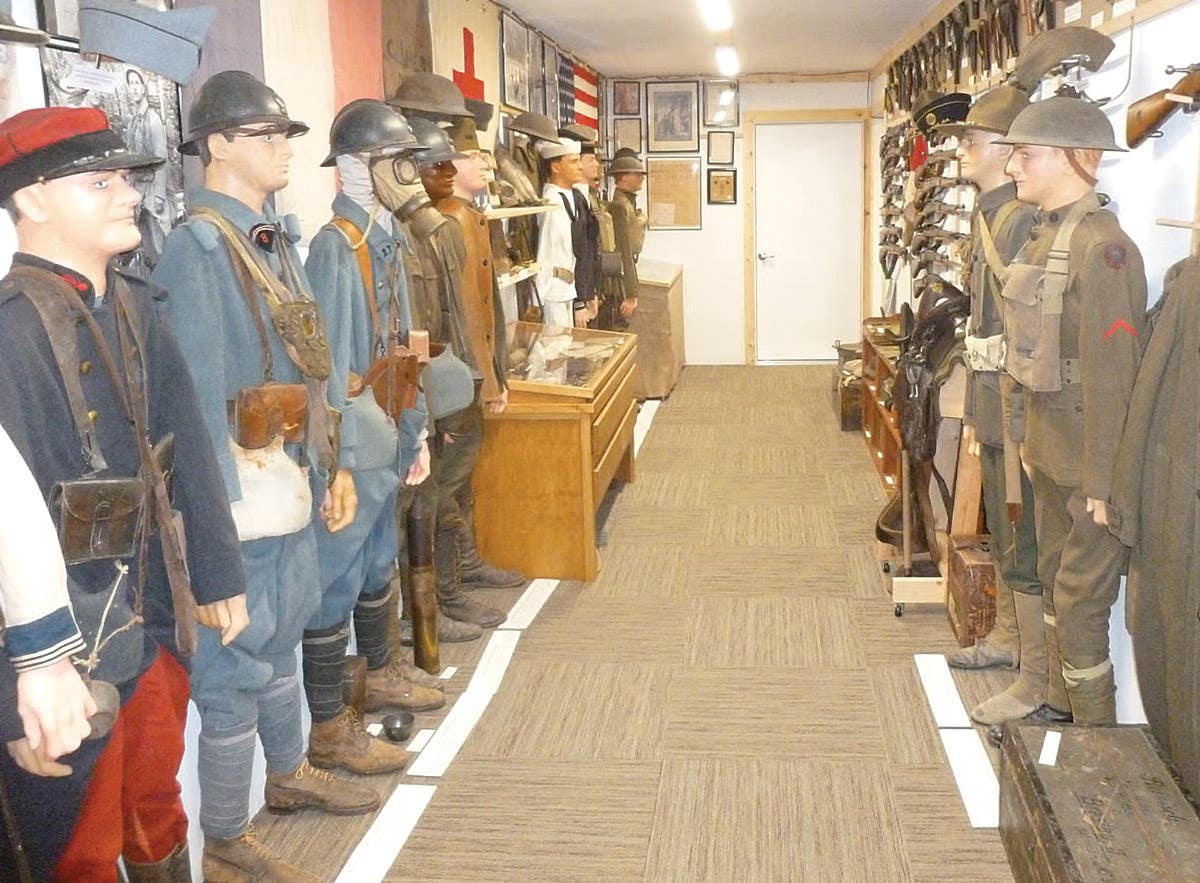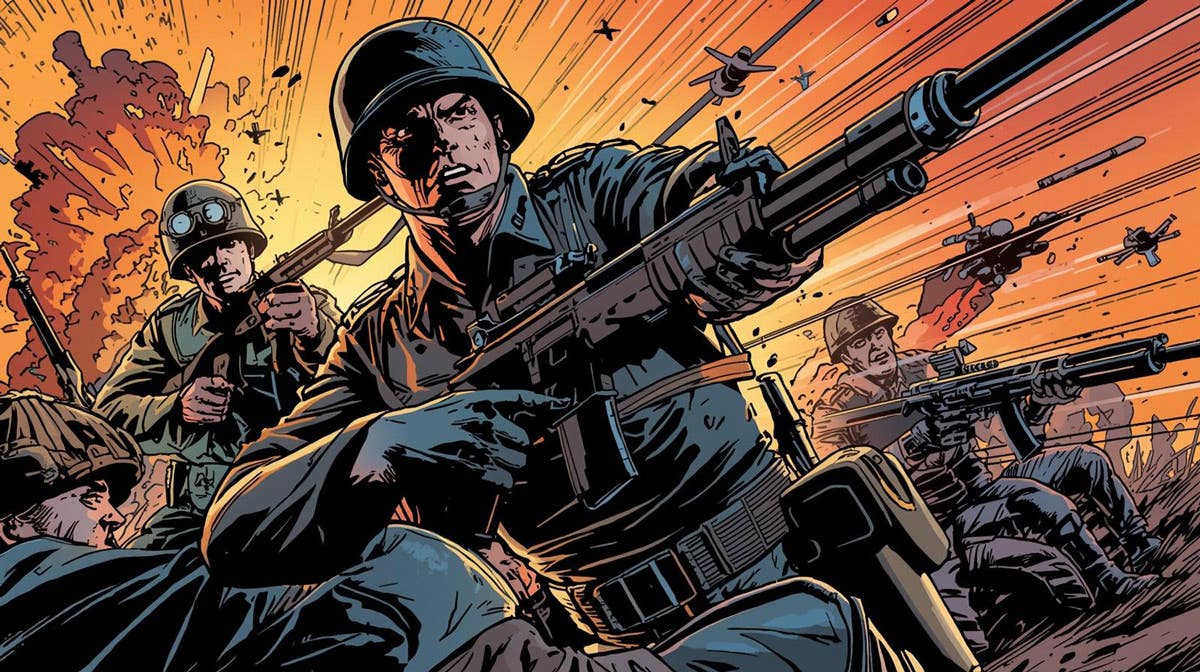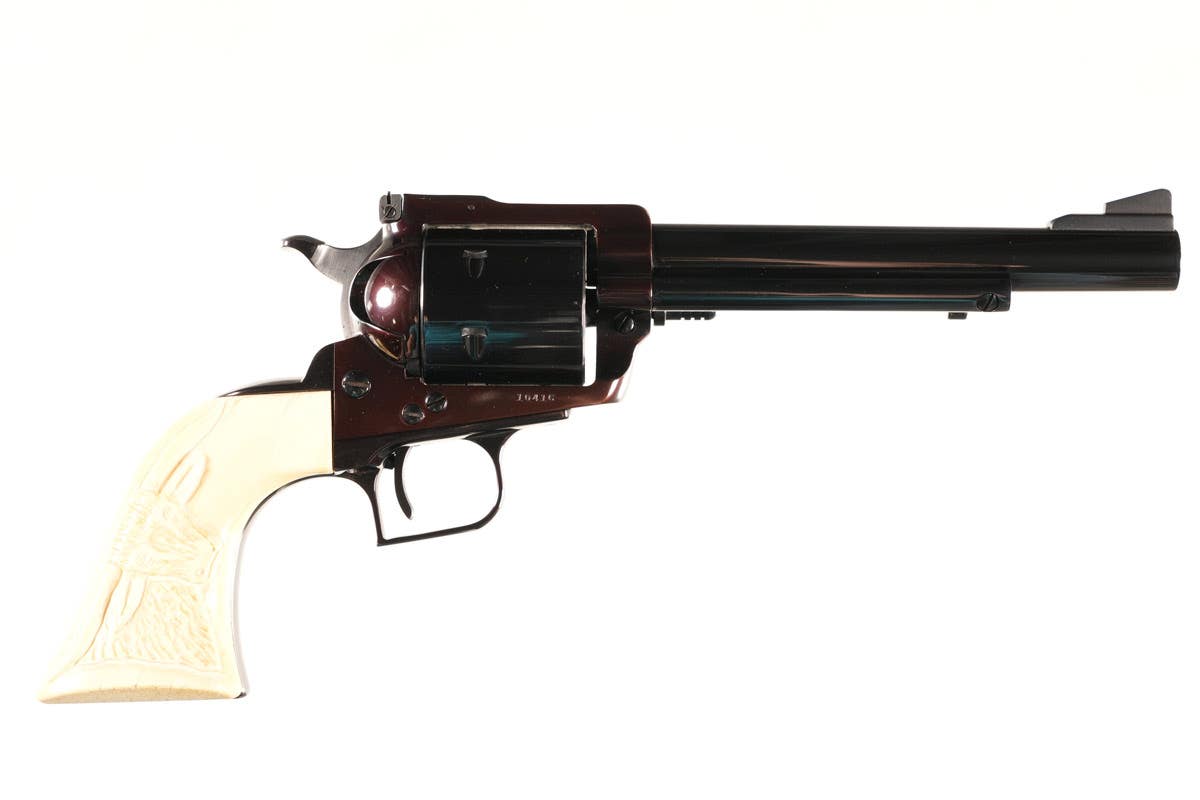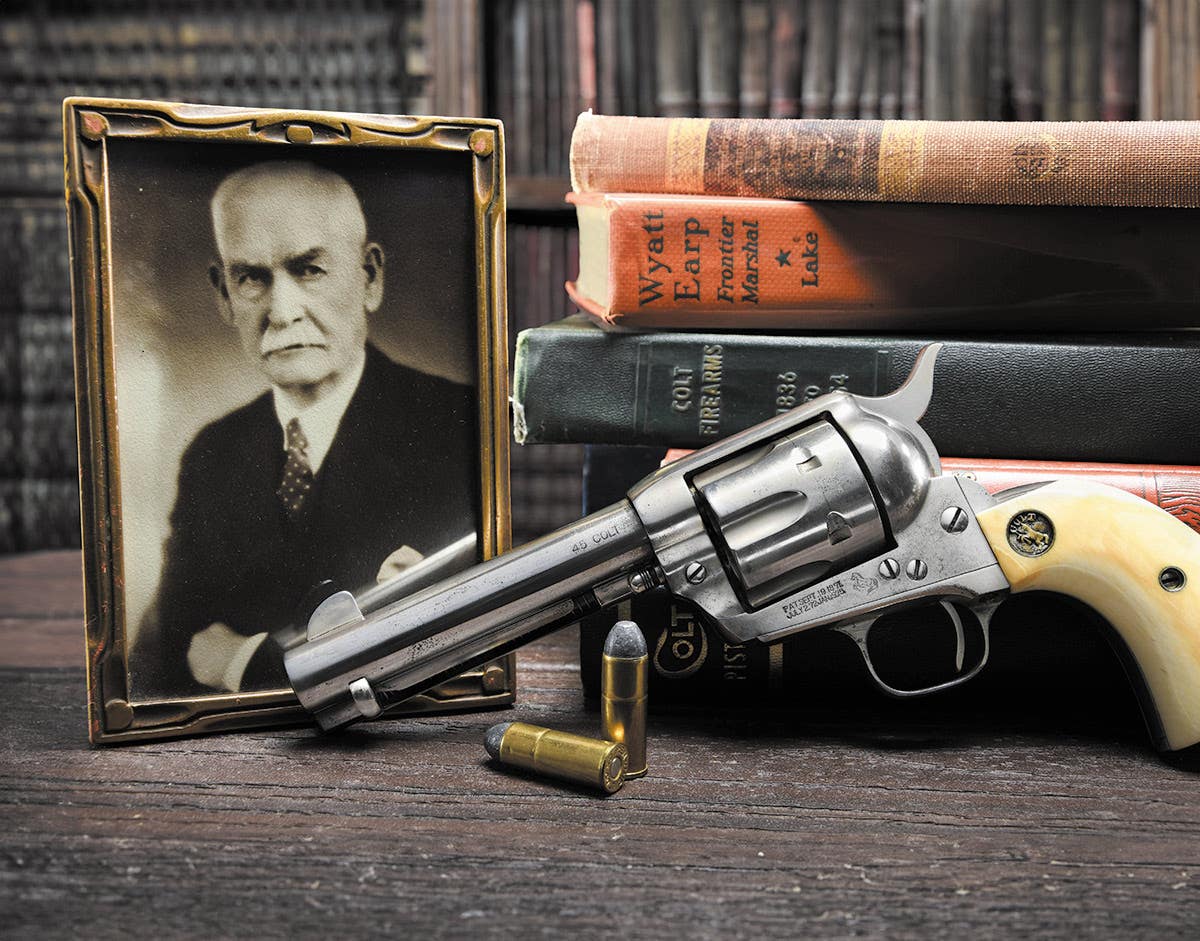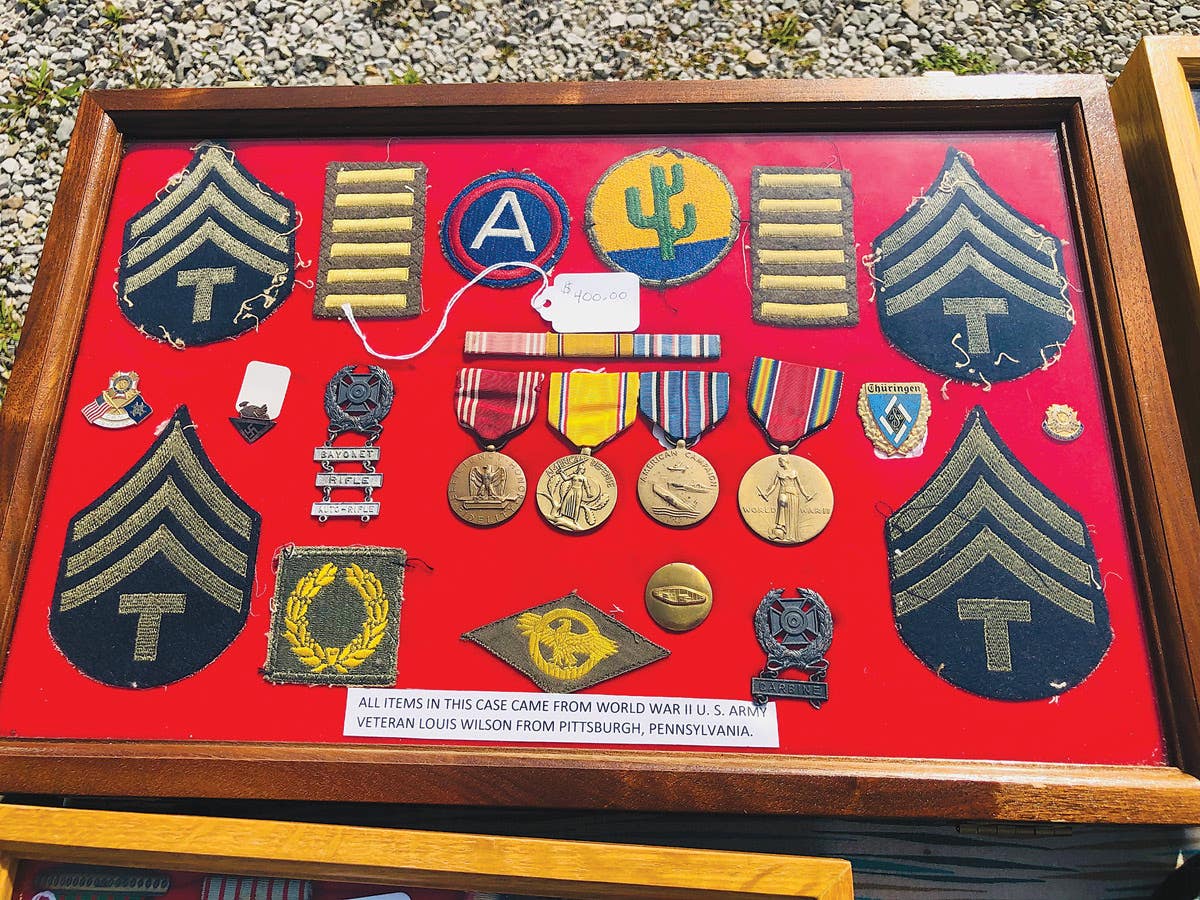The last liberation: Channel Islands celebrate 80th anniversary in style
Since June of 1945, the Channel Islands have commemorated their day of liberation from the Germans with celebrations and memorial services.
On June 22, 1940, a French delegation, which included General Charles Huntziger, met with German representatives at Compiègne to sign the document which surrendered France to Germany. Hitler’s armed forces stood poised on the north coast looking out across the English Channel. The Cotentin Peninsula, with the port town of Cherbourg at its northern tip, had been seized by the 7th Panzer Division commanded by Erwin Rommel. From that vantage point they could see the British Channel Islands with Jersey being only 15 miles away across the water and Alderney even closer at 10 miles.
The Germans had made preparations in the event they were to seize the islands in an operation code named “Grune Pfeile” (Green Arrows). Late in the afternoon of June 28, reconnaissance aircraft from Luftflotte 3 took off from Cherbourg. Circling Jersey and Guernsey, they reported seeing rows of vehicles in the harbor areas. Believing them to be military, an attack was ordered and Heinkel III aircraft bombed the islands. The vehicles were actually agricultural, taking produce to market. Some 44 islanders were killed in the attack, many more wounded and much damage inflicted. On the evening of June 30, the first German troops landed on Guernsey. This was followed by troops landing on Jersey the next day. The Channel Islands were now under German Occupation and became the only British territories to be captured by Hitler.
At first the military presence consolidated their positions, but over the following months permanent defensive positions began to be constructed. In June 1941, Hitler issued orders to turn the islands into “fortresses” with bunkers and fortifications being built on a huge scale. Steel, concrete and construction workers continued to flow into the islands until 1944, when they were cut off by the Allied landings on D-Day. Almost 37,000 men were isolated and would remain so until the islands were liberated on May 9, 1945. The Allies made the difficult decision not to attack the islands and instead to bypass them and in the words of Winston Churchill; “let ‘em rot…”.
The islands endured another year of occupation before finally being liberated on May 9, 1945 when British troops, including islanders, from a specially created unit known as Force 135, came ashore as part of Operation Nestegg. The island of Alderney would have to wait until May 16 before Allied troops could be landed to take the garrison prisoners. The last liberation in Europe had been completed.
During the five years of German Occupation, the islanders endured much hardship from severe rationing, the uncertainty of deportation or arrest and restriction of movement. Having enemy troops in constant daily life placed an enormous strain on all those living under strict conditions. They could only stand and watch as more troops arrived and transformed the once-peaceful islands into a frontline fortification on the whim of Hitler. Across the islands thousands of concrete emplacements absorbed millions of tons of steel and concrete along with hundreds of thousands of mines, mile upon mile of barbed wire and the artillery which was installed in the positions. All of this had to be removed later. On Jersey alone, an island of 45 square miles, some 65,000 mines and 20,000 tons of ammunition were removed and dumped at sea, and the garrison of 11,500 taken into captivity.
Since that day in June 1945, the Channel Islands have commemorated their day of liberation with celebrations and memorial services. The legacy of those years filled with hardship is still evident and you don’t have to go far in any direction to see the reminders. There are bunkers, gun emplacements, tunnels and towers dominating the coastline. Along country lanes and villages across the islands and even in the main towns the scars are still visible, but over the years their prominence has been replaced by memorials and commemorative plaques.
Over the years the Liberation celebrations have grown and even joined by representatives from other countries which were also under German Occupation. This year marked the 80th anniversary of the liberation and the celebrations had extra meaning for those who lived through those years. Sadly, all the older generation from those days have died, including all of my family. They have left behind those who today are in their 80s, but were school children at the time, and it is they who can pass on their memories. Many are frail, but those who are still able, do attend the celebrations. As a Jerseyman, it is for that reason I attended this year’s celebrations — to remember my family.
The main service was held in Liberation Square down by the harbor in St Helier, where the first British troops came ashore. Thousands of people, including tourists and visitors, turned out for the occasion. There were other services at sites throughout the day, including one in the Royal Square to commemorate the arrival of the Red Cross ship SS Vega, which brought food parcels from Sweden in December 1944. The slave workers, brought to the islands to build the defenses for the Germans, were commemorated in a service held on Westmount. Across the island other private memorials were held and I laid a wreath to my family in the island’s Maritime Museum, which exhibits my grandfather’s wartime fishing boat.
Part of the day’s celebrations includes a “motorcade”’ road-run made up with vintage cars from the period. While these are wonderful machines, the main stars are the military vehicles turned out by the Jersey Military Vehicle Group, which this year included about 40 MVs from WWII to the 1950s. They were joined by friends from England and France who arrived with Jeeps and Dodge trucks. I know some of the owners and I was invited to join the drive and tour along the eastern side of the island. I was given a space on a Dodge WC51 Weapons Carrier, which put me in the perfect position to take some great photographs. The occasion was an unforgettable experience and one which I am privileged to share.
sometimes known as “Tyne Tees”, part of the British 21st Army Group commanded by General Montgomery. John Norris
Bentley directed traffic at road junctions and led the way on the convoy. John Norris
The front portion is a Willys welded to the rear portion of a Ford. John Norris



